Issues with 9d Vr Simulator Games and Their Impact on User Experience
Table of Contents
- Understanding the Key Problems with 9D VR Simulator Games
- Evaluating the User Experience in 9D VR Simulations
- Common Technical Glitches in 9D VR Games and Their Consequences
- Effective Solutions to Enhance Immersion in 9D VR Experiences
- User Feedback: Improving 9D VR Game Design through Community Input
- Top Strategies for Developers to Elevate User Engagement in 9D VR Games
- FAQS
- Related Posts
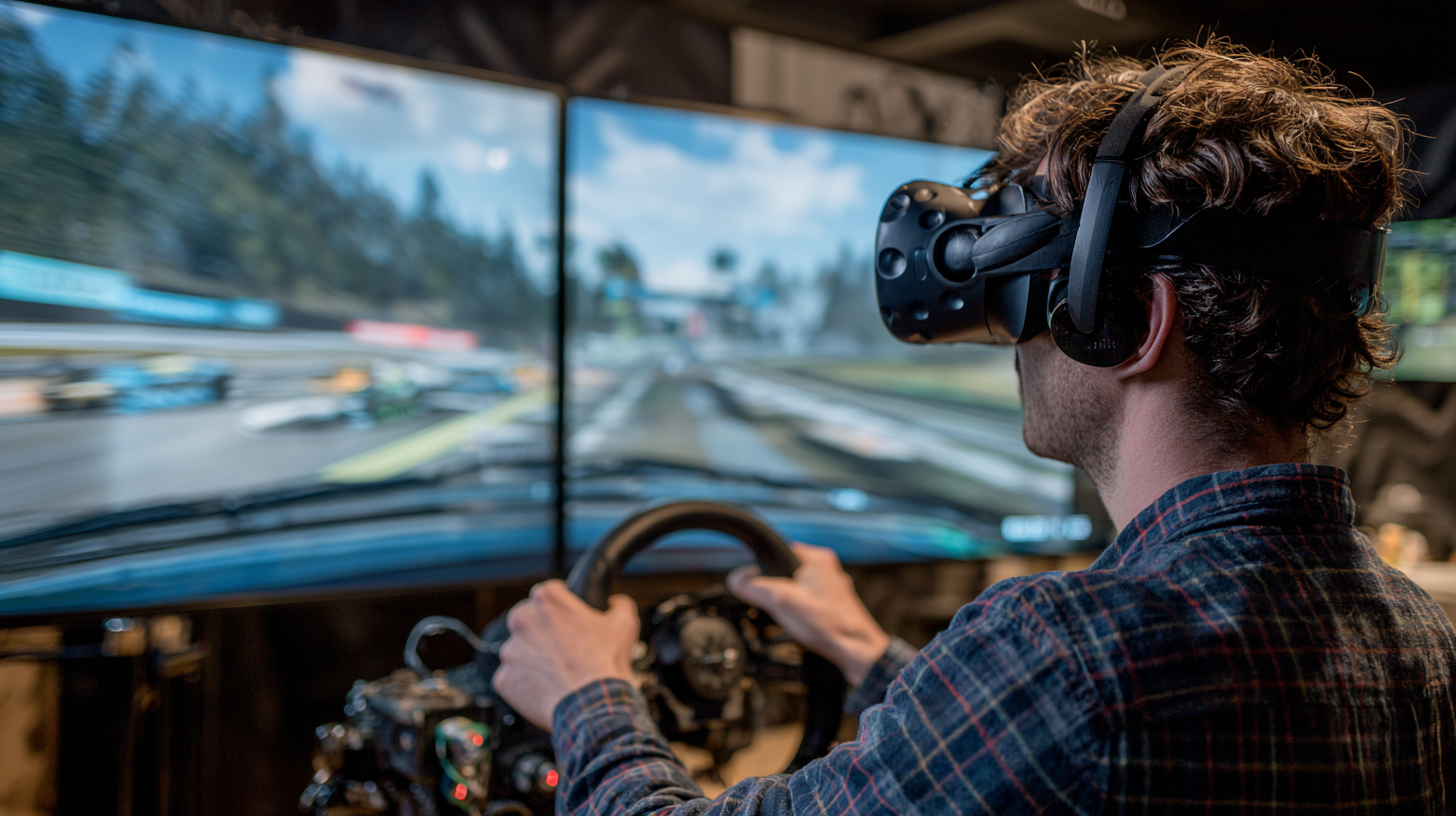 The rise of 9D VR Simulator Games has created a significant buzz in the entertainment industry, driving a new wave of immersive experiences. According to a report by Research and Markets, the global VR gaming market is projected to reach $22.9 billion by 2025, highlighting the growing demand for innovative gaming solutions.
The rise of 9D VR Simulator Games has created a significant buzz in the entertainment industry, driving a new wave of immersive experiences. According to a report by Research and Markets, the global VR gaming market is projected to reach $22.9 billion by 2025, highlighting the growing demand for innovative gaming solutions.
However, despite the excitement surrounding 9D technology, users often face challenges such as motion sickness, technical glitches, and inadequate content variety, which can dampen the overall experience.
At Guangzhou Longcheng Electronic Co., Ltd., VART VR, we recognize these issues and strive to enhance user satisfaction with our comprehensive range of VR solutions. As one of the earliest VR simulator manufacturers in China, we are committed to leveraging our expertise to address these concerns and provide a seamless and captivating gaming environment in our 8000 square meter facility.
Understanding the Key Problems with 9D VR Simulator Games
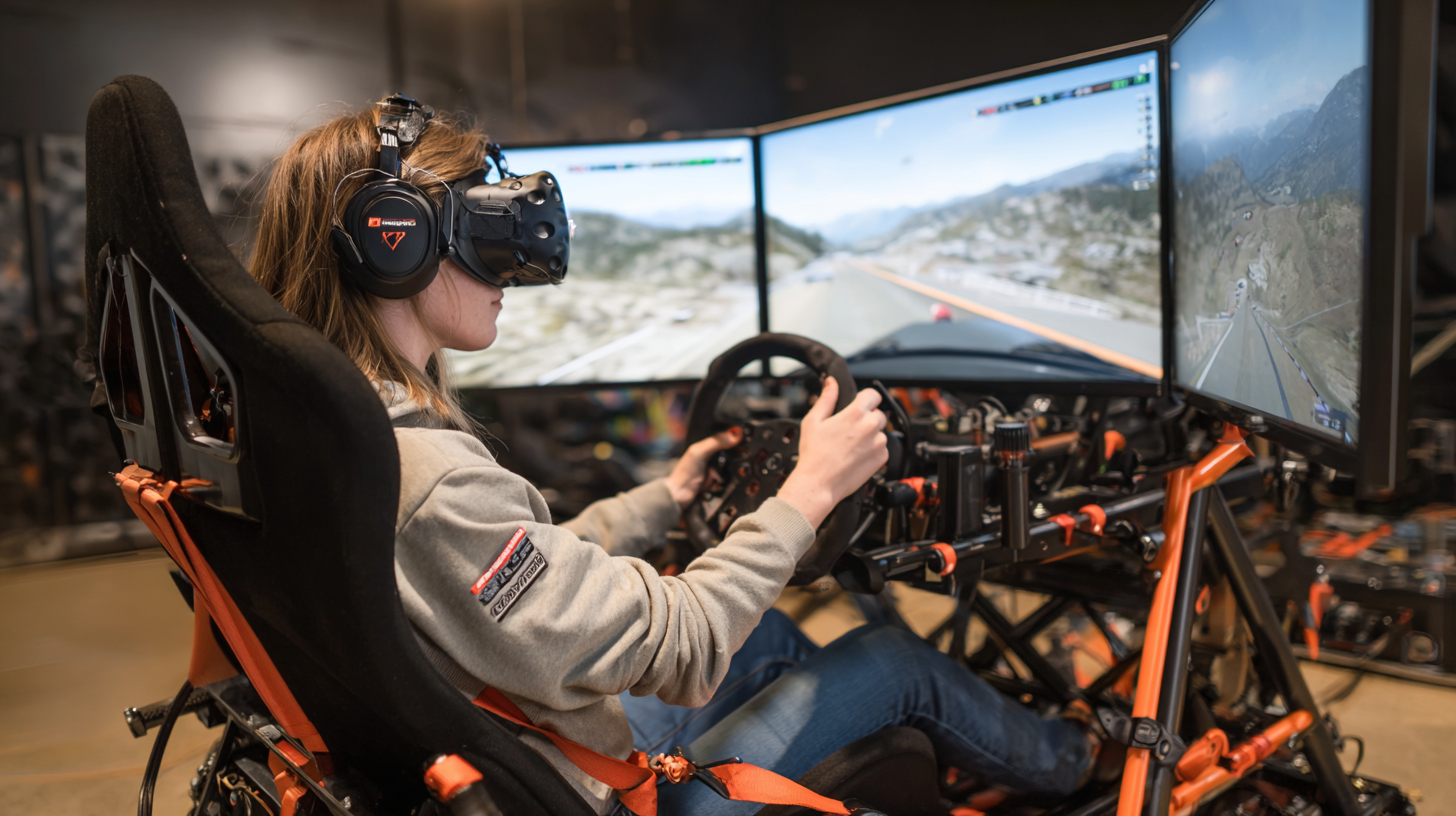 9D VR simulator games have gained popularity in recent years, yet they face several key issues impacting user experience. One significant problem is related to hardware limitations—often, users find that their systems do not meet the necessary specifications to run these immersive simulations smoothly. This can lead to frustrating gameplay experiences where users encounter stuttering graphics or system crashes. A recent report indicated that the racing simulator market size surpassed $1.8 billion in 2023, projecting a steady growth rate of around 3% from 2024 to 2032, largely fueled by the increasing accessibility of affordable simulator kits. This trend underscores the demand for improved VR technology tailored to accommodate different user environments.
9D VR simulator games have gained popularity in recent years, yet they face several key issues impacting user experience. One significant problem is related to hardware limitations—often, users find that their systems do not meet the necessary specifications to run these immersive simulations smoothly. This can lead to frustrating gameplay experiences where users encounter stuttering graphics or system crashes. A recent report indicated that the racing simulator market size surpassed $1.8 billion in 2023, projecting a steady growth rate of around 3% from 2024 to 2032, largely fueled by the increasing accessibility of affordable simulator kits. This trend underscores the demand for improved VR technology tailored to accommodate different user environments.
Additionally, the integration of compelling content remains a challenge. For instance, cooling down initial frustrations, game developers often recommend users check the integrity of their games to resolve issues like unresponsive gameplay. However, the entertainment experience is not solely dependent on fixing bugs but also on creating engaging narratives and experiences that resonate with players. As companies like VART VR advance simulation technology, addressing these core problems will be crucial to enhancing the overall user experience and retaining player interest in an increasingly competitive market.
Evaluating the User Experience in 9D VR Simulations
The user experience in 9D VR simulations is a critical area of exploration, particularly as immersive technologies continue to evolve. Recent studies highlight that physiological measurements, such as heart rate variability and galvanic skin response, offer a non-intrusive method to objectively evaluate user engagement within VR environments. For instance, immersive technology in museum exhibitions demonstrates that a high sense of presence significantly enhances user enjoyment and satisfaction, providing concrete evidence that the strength of user experience is tied to the immersive qualities of the simulation.
Moreover, as virtual reality integrates further into sectors like education and manufacturing, understanding user response remains paramount. In medical education, VR serves not just as a novel learning tool but fundamentally transforms pedagogical methods by deepening student involvement. Similarly, the evaluation of driving performance in assistive technology showcases the importance of realism in VR simulations, revealing that users exhibit improved skill when experiencing a higher fidelity interaction. These insights underline a critical conclusion: the design and execution of 9D VR simulations must prioritize user experience to fully harness the potential of immersive technologies.
Issues with 9D VR Simulator Games and Their Impact on User Experience
Common Technical Glitches in 9D VR Games and Their Consequences
The world of 9D VR simulator games has captivated users with its immersive experiences and thrilling scenarios. However, common technical glitches have become a significant concern, undermining the potential enjoyment of these advanced gaming platforms. Issues such as lagging visuals, audio mismatches, and tracking errors frequently disrupt the gaming experience. These glitches can lead to frustration, causing users to abandon sessions prematurely, which ultimately diminishes the overall appeal of the gaming environment.
Moreover, the consequences of these technical problems extend beyond mere inconvenience. Regular users may experience physical discomfort due to poorly calibrated motion sensors or inconsistent frame rates, which can lead to motion sickness. This detracts from the fun aspect of gaming, as players might associate VR experiences with discomfort rather than excitement.
Game developers must prioritize addressing these technical obstacles to enhance user satisfaction and ensure that the promise of 9D VR experiences is fully realized. Creating patches and updates that fix these glitches will not only retain existing players but also attract new ones seeking the ultimate VR adventure.
Effective Solutions to Enhance Immersion in 9D VR Experiences
As the popularity of 9D VR simulator games continues to rise, so do the challenges that impact user experience. An industry report by Newzoo indicates that immersive experiences can enhance user satisfaction by up to 30%, yet many users report issues such as motion sickness and lack of intuitive controls. These challenges can diminish engagement, particularly in high-demand markets like China, where VR entertainment is projected to exceed $9 billion by 2025.
To tackle these issues, companies like Guangzhou Longcheng Electronic Co., Ltd., through their VART VR brand, are implementing effective solutions to enhance immersion. One approach is optimizing the hardware used in simulations, such as improving motion tracking technology and incorporating ergonomic design to combat discomfort. Moreover, integrating user feedback loops to refine gameplay mechanics and ensure intuitive interactions can significantly elevate the overall experience. By addressing technical shortcomings and investing in user-centric design, we can create 9D VR environments that truly captivate audiences and foster lasting engagements in this rapidly evolving market.
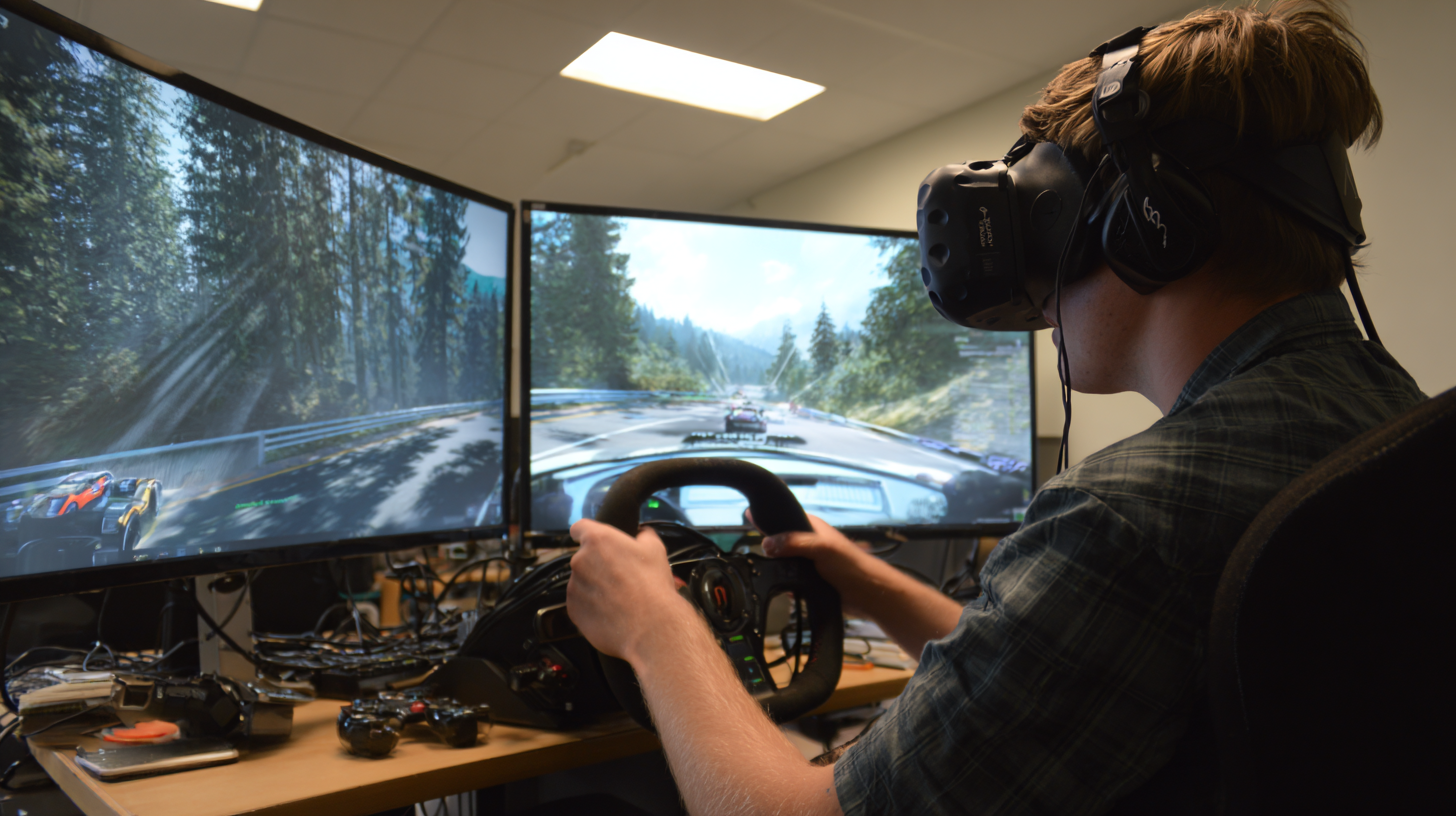
User Feedback: Improving 9D VR Game Design through Community Input
As the world of virtual reality continues to evolve, 9D VR simulator games have gained attention for their immersive experiences. However, user feedback has been crucial in shaping their design. The community's input provides valuable insights into the challenges and opportunities that developers face in creating engaging gameplay. Players often express their desire for more interactive elements, realistic graphics, and intuitive controls, which can significantly enhance the overall experience. By actively listening to user suggestions, developers can address specific issues that detract from enjoyment, ultimately leading to a more satisfying gaming experience.
Moreover, fostering a dialogue between developers and the gaming community can create a collaborative environment that benefits both parties. Players appreciate being heard, and when their feedback is implemented, it instills a sense of ownership and investment in the game. This cooperative approach not only helps improve game mechanics but also cultivates a loyal player base excited about future releases. In essence, community input is essential in refining 9D VR game design and ensuring that it meets the evolving expectations of users, truly capturing the essence of immersive virtual reality experiences.
Top Strategies for Developers to Elevate User Engagement in 9D VR Games
Enhancing user engagement in 9D VR simulator games requires developers to implement strategic improvements that address common issues faced in the current landscape. According to a report by Statista, the global VR gaming market is expected to reach $45 billion by 2025, highlighting the necessity for a focus on user experience amidst this rapid growth. One strategy is to enhance the immersive experience through improved graphics and sound quality. Research indicates that 70% of gamers cite visual realism as a significant factor in their gaming satisfaction, which underscores the importance of high-resolution graphics in 9D experiences.
Another crucial approach is the incorporation of user feedback mechanisms. A survey conducted by the International Journal of Human-Computer Interaction revealed that developers who actively sought and integrated player feedback saw a 30% increase in user retention rates. Gamifying feedback processes, such as rewarding players for their input, can further deepen their investment in the game. By prioritizing these strategies, developers can significantly elevate user engagement and set their 9D VR games apart in an increasingly competitive market.
FAQS
: Common technical glitches include lagging visuals, audio mismatches, and tracking errors, which can disrupt the gaming experience.
Technical glitches can lead to frustration, causing users to abandon sessions prematurely and diminishing the overall appeal of the gaming environment.
Yes, poorly calibrated motion sensors or inconsistent frame rates can lead to motion sickness, detracting from the fun aspect of gaming.
Immersive experiences can enhance user satisfaction by up to 30%, according to an industry report by Newzoo.
Companies are optimizing hardware, improving motion tracking technology, and integrating ergonomic designs to combat discomfort.
Integrating user feedback loops helps refine gameplay mechanics and ensures intuitive interactions, significantly elevating the overall experience.
VR entertainment in China is projected to exceed $9 billion by 2025, indicating a significant growth opportunity in high-demand markets.
By addressing technical obstacles through patches and updates that fix glitches, developers can enhance user satisfaction and appeal to new players.
Related Posts
-
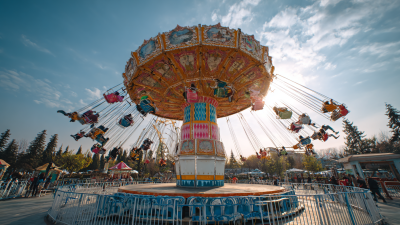
From China to the World: Discovering Unmatched Quality in Amusement Park Rides for Sale
-

Exploring Real World Applications of the Best VR Play Park in Entertainment and Education Industries
-
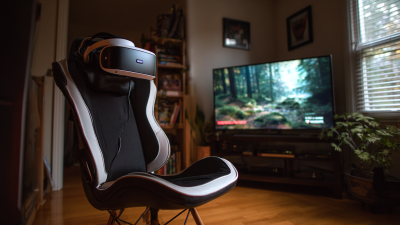
7 Ultimate Tips for Choosing the Best Gaming Chair for VR Experience
-
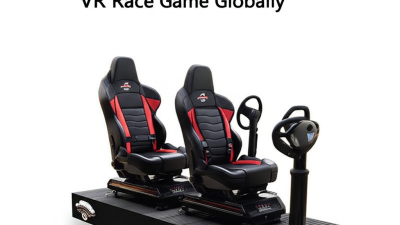
From China's Leading Factory The Trusted Source for the Best VR Race Game Globally

